From Kalashnikovs to STV-380 - Vietnam’s Israel-Licensed Service Rifle

During my travels around Vietnam, I started covering Vietnamese weapons in the lead-up to the big 80th National Day celebration on September 2, 2025. While researching, I ended up chatting with a friend about a fascinating rifle project.
Before Vietnam turned to Israel for its new service rifle, few knew that Hanoi had first cast a wider net. Around 2012, the Vietnamese government solicited several international firearms manufacturers. One of the earliest contenders from the United States was Abrams Airborne / Vltor. Together, they put forward an experimental design dubbed the AV12, short for Abrams / Vltor and American / Vietnam 2012.
The project showed promise, but internal problems within the company forced Abrams Airborne to withdraw its proposal. Vietnam pressed hard to bring them back to the table, but their efforts went nowhere. With the American option off the board, Hanoi looked elsewhere. This led to Russia and the AK-103, though they lost the bid in early 2014. That same year, the government signed a licensing agreement with Israel Weapon Industries (IWI), paving the way for local production of the Galil ACE 32 and ultimately giving rise to the STV series of rifles.
When Vietnam unveiled the STV series of small arms in the late 2010s, observers took note not just for the rifles themselves but for what they signified: a deliberate shift from decades of Kalashnikov-derived designs to a domestically produced, modern service rifle built with Israeli technology transfer. The STV-380, the full-length member of the series, is a 7.62x39mm Galil ACE produced under license in Vietnam. STV is the acronym for Súng Tiểu Liên Việt Nam, which translates literally to “Submachine Gun, Vietnam.” The number notes the barrel length.
Design lineage and licensing
The STV project grew out of Vietnam’s 2014 acquisition of IWI Galil ACE 32, the transfer of technology, and an associated production license with technical cooperation. The result is a hybrid weapon that looks and handles like a Westernized Kalashnikov descendant while retaining straightforward logistics for troops already using AK-pattern magazines and ammunition.
The Gun
The STV-380 is chambered in 7.62x39mm and uses standard 30-round AK magazines, preserving ammunition commonality across Vietnamese forces. Its 14.96-inch (380 mm) barrel and gas-operated rotating bolt deliver a practical balance of range and controllability for the cartridge, roughly a 300-meter or so effective range. The empty weight is 7.9 lbs. (3.6 kg), with cyclic rates around 700 rounds per minute. M1913 Picatinny rails are integrated into the receiver cover and handguard, allowing the mounting of modern optics and enablers.
Vietnam has also developed short-barrel versions (STV-215 / STV-022) and longer variants (STV-410 / STV-416) to cover infantry carbines and rifles for special-purpose roles, creating a family that can be standardized across services.
Production
Z111, a major domestic small-arms manufacturer, has overseen licensed production and further “Vietnamization” of the design, reportedly with minor changes to meet Vietnam's requirements and possibly to better suit tropical climates and the average ergonomics of Vietnamese personnel. Z111 is a state-owned arms production factory in Thanh Hoá, south of Hanoi.
Since its public reveal in 2019, the STV-380 has been fielded in increasing numbers. It has been seen in parades, unit gear upgrades, and newer uniforms and equipment packages. The rifle is gradually replacing the older mix-and-match of AK-pattern rifles as the standard-issue arm for many units of the People’s Army of Vietnam.
Switching an entire army’s service rifle is never merely a question of which weapon shoots best; it’s about logistics, training, and industrial capability. The STV-380’s compatibility with AK magazines and 7.62x39mm ammunition eases the logistical burden during the transition, avoiding the supply headaches that can come with switching calibers or types of magazines. At the same time, the STV brings modern features and modularity, such as optics mounting and accessory rails, to better fit contemporary infantry needs. Initially, the US proposal was a multi-caliber offering similar to the Serbian M19/M20 concept, which I covered previously.
Unlike nations that simply import Western rifles, Vietnam’s route has been pragmatic: obtain foreign designs under license (and sometimes without licenses), learn from the technology transfer, then adapt them to be produced locally. This fits into a broader defense industrial strategy that values self-sufficiency, a lesson Vietnam learned firsthand during the war, when the U.S. systematically targeted socialist supply chains.
With today’s manufacturing technology, milled-receiver designs like the STV can be more cost-effective to produce than in the Cold War era, when stamping was the cheaper option. This is evident with the Russian AK-103 bid being $80 million USD over the IWI bid. Finally, any ambitions to export the platform will hinge on the specifics of the IWI licensing agreement and whether it even allows Vietnam to pursue export potential.
Conclusion
The STV-380 is a pragmatic synthesis: a rifle with the Soviet Kalashnikov at its core, reshaped through Israeli design and adapted for Vietnamese manufacturing and battlefield realities. It combines the ergonomic and modular advantages of modern Western rifles with the familiarity of the AK. Now serving as Vietnam’s standard service rifle, the STV-380 blends the best of both East and West worlds.

Lynndon Schooler is an open-source weapons intelligence professional with a background as an infantryman in the US Army. His experience includes working as a gunsmith and production manager in firearm manufacturing, as well as serving as an armorer, consultant, and instructor in nonstandard weapons. His articles have been published in Small Arms Review and the Small Arms Defence Journal. https://www.instagram.com/lynndons
More by Lynndon Schooler













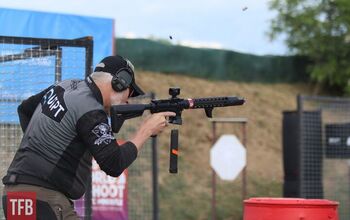


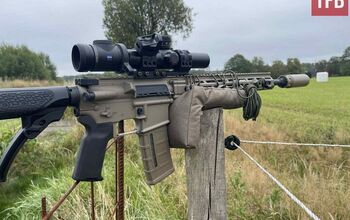
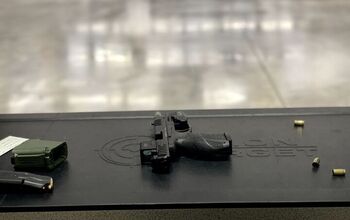
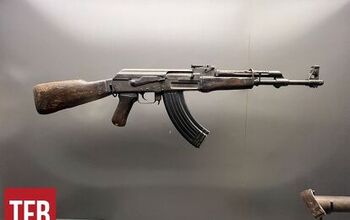

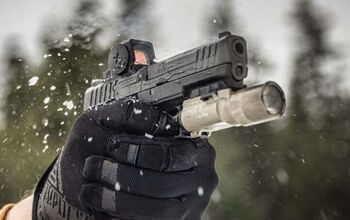



Comments
Join the conversation